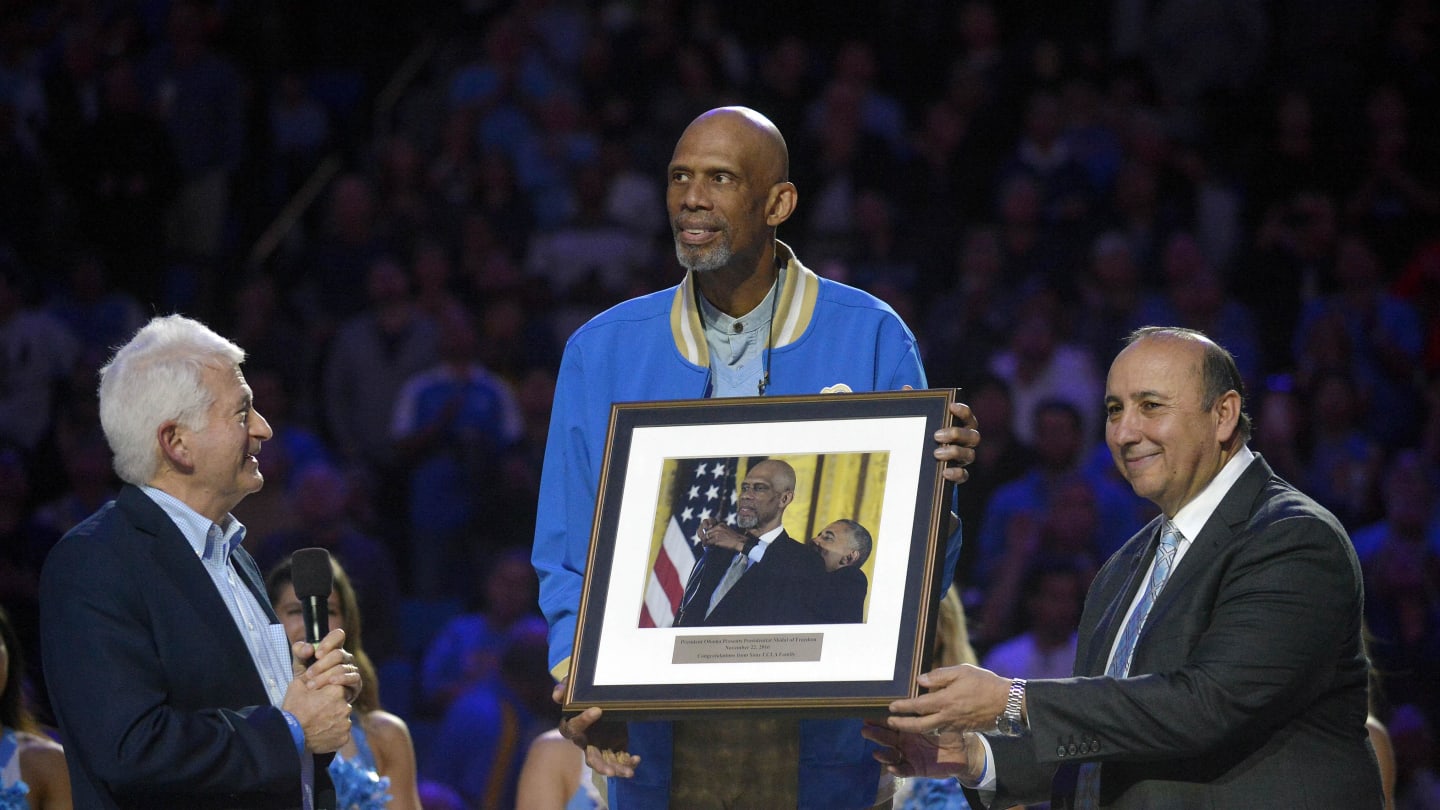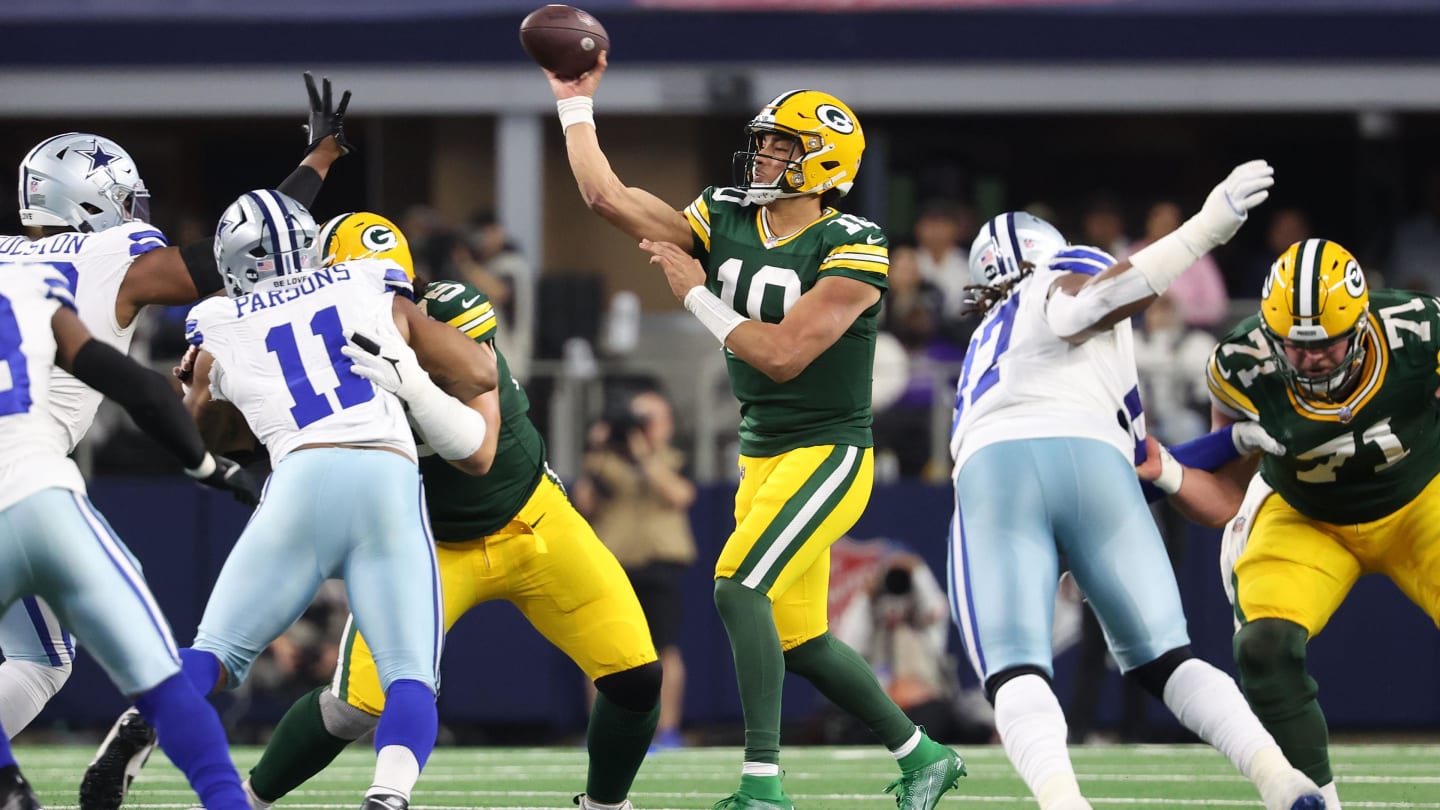How can mentoring increase the social value of art and cultural heritage?

In the complex web of art and heritage, curators are not only custodians of cultural heritage, but also important intermediaries between past and future generations. Their role in shaping society’s understanding and appreciation of cultural heritage is vital, particularly at a time when the fast pace of modern life threatens to sever links with historical roots. This is where the practice of mentorship becomes crucial, ensuring that the rich traditions of curation are passed on and adapted to new generations.
Mentoring in art curation is an enriching, two-way exchange that benefits both mentor and mentee. It is a relationship that fosters innovation, critical thinking, and professional development, and ultimately enriches the cultural landscape.
DEEPER MEANING OF MENTORSHIP
“Mentoring in the art world goes beyond traditional knowledge transfer – it is a crucial engagement that fosters a deeper understanding and appreciation of cultural heritage,” explains Dr. Masooma Rizvi, Art Curator and Managing Director of Belita Design Solutions Private Limited, an experienced curator known for her extensive work on integrating art into public spaces.
“Through mentoring, we give aspiring curators the tools they need to preserve and revitalize our cultural narratives. It’s a careful process in which experienced curators guide newcomers through complex projects, helping them recognize not only the beauty of art, but also its power to reflect and shape societal values.”
This foundational training begins with rigorous academic courses in art history and cultural studies, complemented by practical experiences that include internships and hands-on projects. These phases are crucial for aspiring curators to gain a nuanced understanding of the currents and undercurrents of the art world.
Importance of internships for aspiring curators
Internships are particularly important as they provide a real-world insight into the curatorial profession, where mentees can learn alongside established professionals. This hands-on experience is essential to understanding the operational challenges of curatorial work, including exhibition design, art handling and audience engagement.
“Internships provide aspiring curators with a sandbox where they can apply their academic knowledge in real-world settings and interact directly with art and audiences,” explains Dr. Rizvi.
As the art world evolves, the role of the curator is changing. Today, digital technology plays an important role in the curation and perception of art. Virtual exhibitions, digital archives and interactive installations have changed traditional curatorial practice, requiring new skills and approaches.
THE EVOLVING WORLD OF ART
“The integration of digital technologies into the art world has not only expanded curators’ capabilities but has also revolutionized the way we engage with audiences,” says Dr. Rizvi. Digital platforms and virtual reality experiences are breaking down geographic and socioeconomic barriers to art consumption, allowing curators to reach global audiences and tell richer stories.
These technological advances increase the social value of art and cultural heritage by making it more accessible and understandable to a wider audience. Curators play a crucial role in this, deciding how art is presented to the public and interpreting its meaning for different audiences.
THE FUTURE OF ART CURATION
Looking to the future, art curation is likely to be a mix of tradition and innovation. As digital technologies continue to emerge and societal attitudes towards art and cultural heritage evolve, curators will need to be adaptable, thoughtful and visionary.
“Curators are in many ways the future custodians of our cultural identity,” Dr Rizvi concluded. “Mentoring not only preserves the rich traditions of the past but also inspires innovative approaches that keep art and cultural heritage relevant for future generations.”
Ultimately, mentoring in art curation is about building bridges – between generations, between past and future, and between art and its audience. It ensures that the vibrancy of cultural life is maintained and that the heritage of art and culture is not only preserved but also developed to meet the needs and expectations of modern audiences.
Through their work, the curators preserve the vitality of art as a reflection of human experience, bridge the past and present, and pave the way for a thoughtful, inclusive future.



